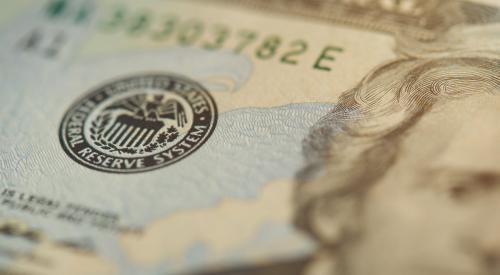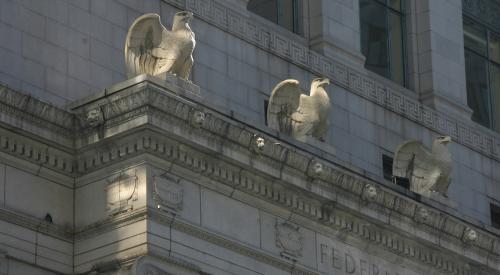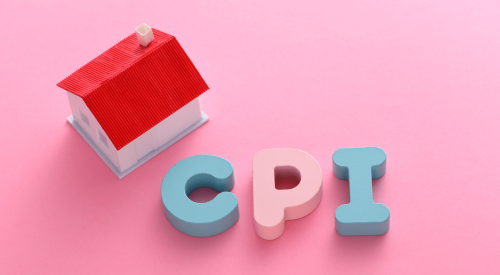Forecasters predict elevated home prices to be a temporary reaction to the economy’s reopening after pandemic-related restrictions, but the Wall Street Journal says housing costs appear to be more persistent than expected. Core inflation increased 3.5% in June compared to a year prior, marking the highest rate of growth in 30 years. The dramatic increase reflects disrupted supply chains, shortages, and a resurgence of travel. Goldman Sachs Group economists say travel and supply chain issues have added 1.2% to core inflation, and expect it to drop to about 0.6% at the end of the year. That is, unless rents and home prices continue to increase.
Contributions from rising rents and home prices could partially offset anticipated declines. In a June report, economists at Fannie Mae said they expected the rate of shelter inflation to pick up from around 2% in May to 4.5% over the coming years—and higher still, if house-price growth doesn’t cool off soon.
They forecast that by the end of 2022, housing could contribute 1 percentage point to core PCE inflation, the strongest contribution since 1990, and they forecast core inflation slowing to just 3% by then.
Housing inflation is important because it accounts for a hefty share of overall inflation—around 18% of core PCE inflation, and around one-third of a separate inflation gauge, the Labor Department’s consumer-price index.
Fed officials have held interest rates near zero since March 2020, at the beginning of the pandemic, and they are purchasing $120 billion per month in Treasury and mortgage-backed securities to provide additional stimulus. Just how fast and how far inflation falls back towards the Fed’s target one year from now could weigh heavily on how long to leave interest rates at zero.
Growth in rents slowed sharply during the pandemic as people stayed put or doubled up with family. Residential rents rose 1.9% over the 12 months through June, about half of the rate of growth seen in February 2020.













